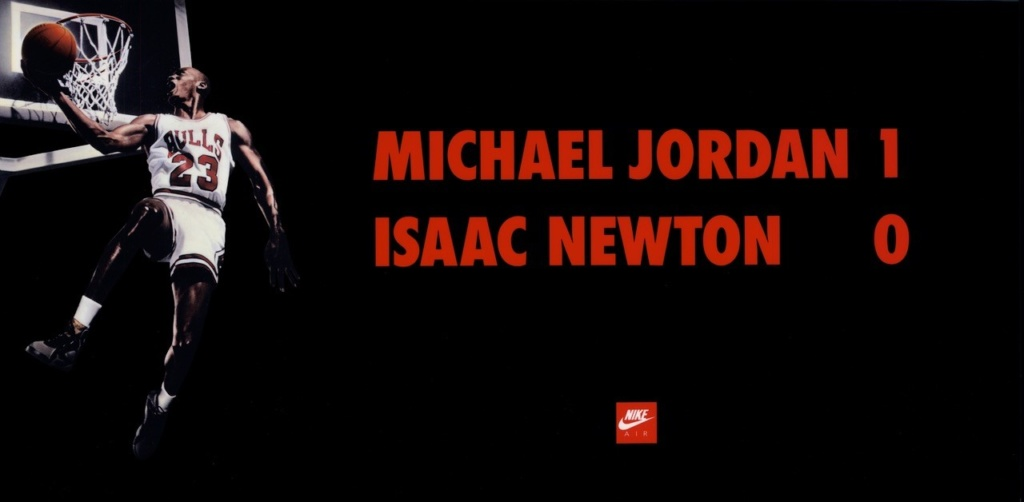Headline, tagline, payoff, claim: compact text in corporate communication
Over time, the realm of business communication has evolved to include several types of brief texts, each solidifying into well-defined formats to fulfill specific objectives. Yet, even among experts, there’s occasional confusion due to inconsistent naming conventions across different nations.
The rise of digital media has also muddled some definitions, such as the understanding of ‘headline.’ Furthermore, general language often mingles with industry jargon, leading to even more confusion. This article aims to demystify these terms and provide clear, pragmatic definitions.

Headline: Multifaceted and Multiform
In modern communication, the headline often faces identity crises. Recognizably, there are several kinds of headlines in professional communication, each distinct in nature. Let’s examine the two primary types.
1.Advertising Headline
This might be the quintessential headline. Found in print or billboard advertising campaigns, it’s traditionally concluded with a period. This stylistic choice hints at its essence: the advertising headline isn’t a standalone phrase or catchy line. It’s a sentence, often incomplete or cryptic, that gains meaning only when paired with a visual element. For example, Apple’s headline “There are ideas we’d like to have copied.” only makes sense when seen with its accompanying image of photovoltaic panels. It’s a short-term, campaign-specific text, differing from page to page. A brand like Nike might use “Just do it.” as a tagline, while individual ads feature varying headlines.

2.Digital Content Headline
This category encompasses a range of subcategories. Distinct from the advertising headline, these are not dialectically related to an image. They stand alone, encouraging readership of an article, newsletter, or social media post template. The accompanying image serves more as an eye-catcher or a contextual support. These headlines, like those in this article, do not end with a period.
Subheadline: A Link to Body Copy
Present in some print pages or billboards, the subheadline serves as a bridge between the creative message’s promise and the more rational, explanatory body copy. It’s an introduction to the main content.
Tagline and Payoff: A Universe in Few Words
‘Payoff’ is commonly used in Italy, while ‘tagline’ is preferred in Anglo-Saxon countries. It’s a phrase distinct from a headline, encapsulating the brand’s market position and forming a cornerstone of corporate identity. It communicates personality, style, tone, and values in just a few words, often enduring for decades. Examples include Nike’s “Just do it.” and Apple’s “Think different.” Unlike the headline, which is campaign-specific, the payoff/tagline is consistent across all of a brand’s communications.

Claim: A Campaign-Specific Payoff
The claim is perhaps the most elusive text form. Some view it as synonymous with ‘headline,’ others as akin to ‘payoff’ or ‘tagline.’ It can be seen as the payoff for a multi-subject campaign, tying together individual messages under a common theme. Unlike a brand’s usual payoff, a claim explicitly conveys the campaign’s concept.



The Slogan: A Contested Term
Common in places like Italy, ‘slogan’ is a term used for catchy, memorable phrases from advertising or politics. However, its lack of specificity makes it less favored in professional settings. Creative directors in multinational agencies are more likely to use the specific terms outlined in this article to avoid confusion.
In conclusion, the most widely recognized term in the advertising world, especially in Italy, is ironically the least specific and least used by professionals, who prefer the more precise terminology discussed here.

